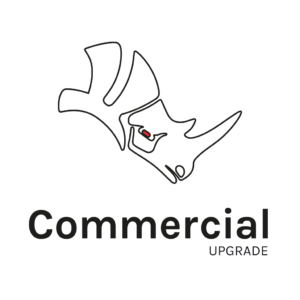

Geometry from the design software (Rhino) is transferred to the CAM software, which in turn translates it into a language (G-Code) that the cutting machine can understand. Industrial laser or waterjet cutters normally need CAM (Computer Aided Manufacturing) software to drive them. They work a lot like computer printers – A printer driver is installed and you can simply print to the machine like you would with a normal paper printer, via the Print dialog box. Workshop type laser cutters are generally a bit more lightweight than their industrial counterparts and are intended for – basically – cutting non-metal materials in an office or workshop environment. The two different types require different preparation methods. There are two main styles of laser cutters: Desktop/plotter and CNC/G-Code driven industrial machines. If you’re interested in owning your own milling center, we can advise you where and what to buy.Ĭlick center picture below for a video on 5-axis machining.

Since every job might require different milling 2D, 3D or 5D, most milling jobs are typically done by specialized, well equipped milling shops. 5-Axis machining centers can rotate on two additional rotary axes (A and B) which help the cutting tool approach the part from all directions. 3-axis CNC machining move a part in two directions (X and Y), and the tool moves up and down (Z). In machining 5-axis typically refers to the ability of a CNC machine to move a part or a tool on five different axes at the same time. Pencil finishing: trace a thin cutter along sharp concave – inside – corners to clean them up Roughing: fast and efficient removal of material to create an object with a rough surfaceįinishing: parallel or z-level smoothing of the rough surface with a set level of smoothness


 0 kommentar(er)
0 kommentar(er)
